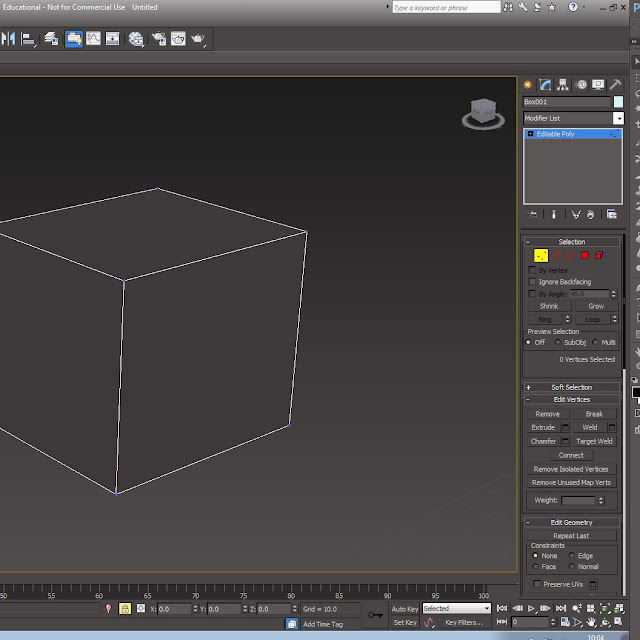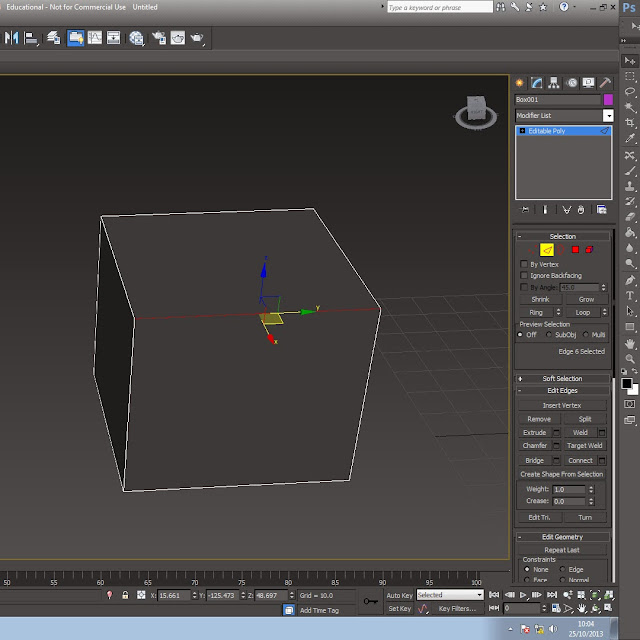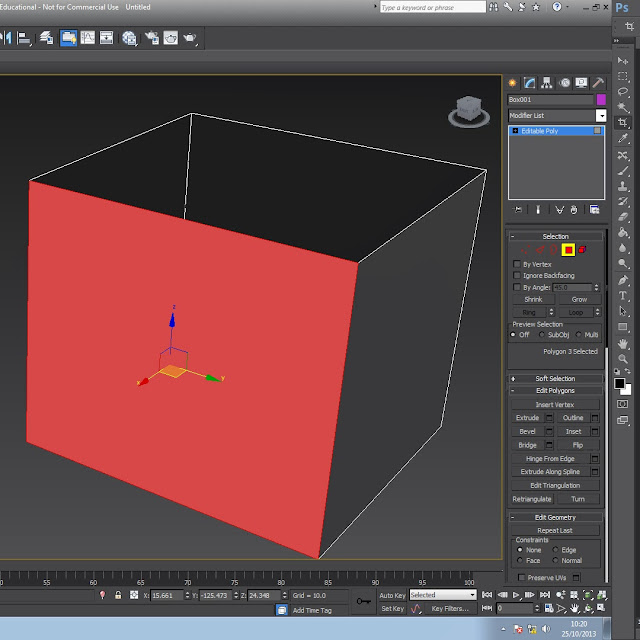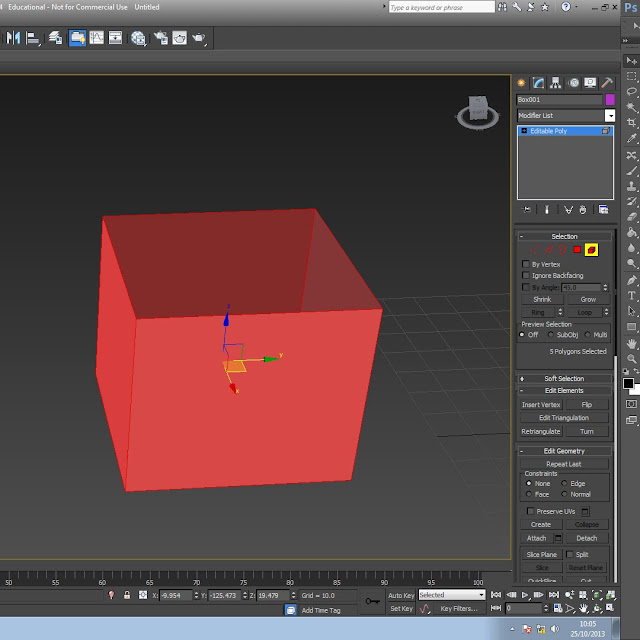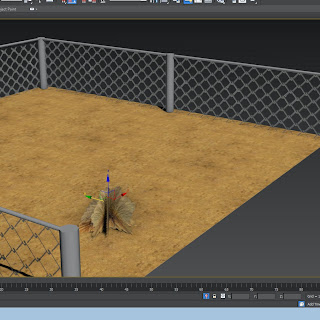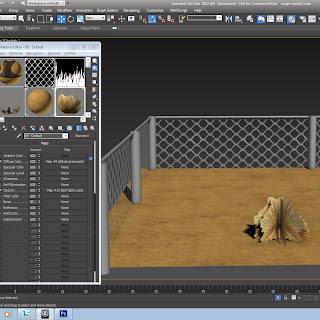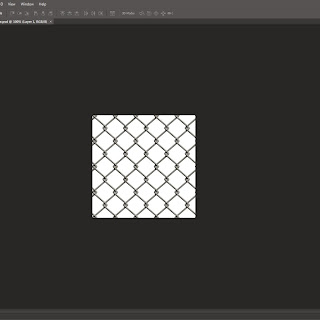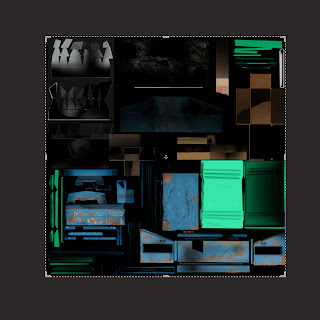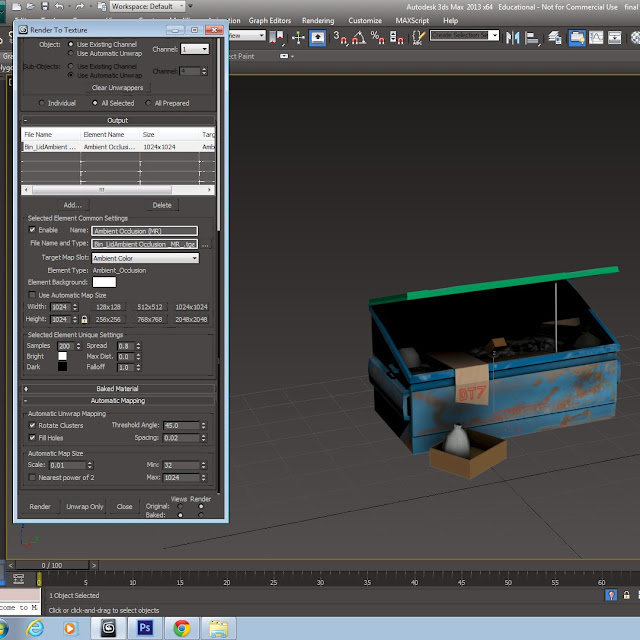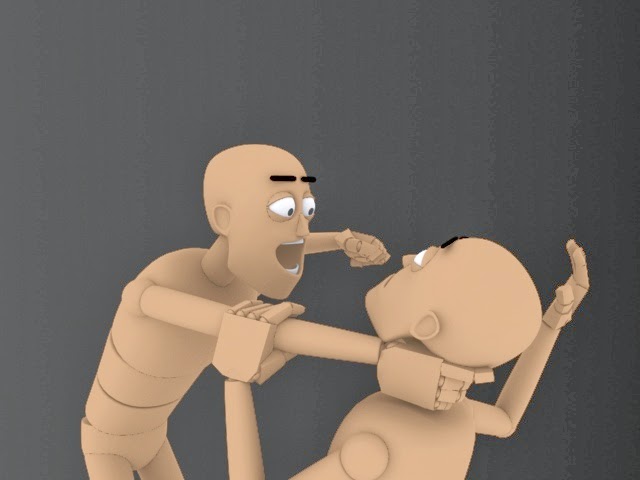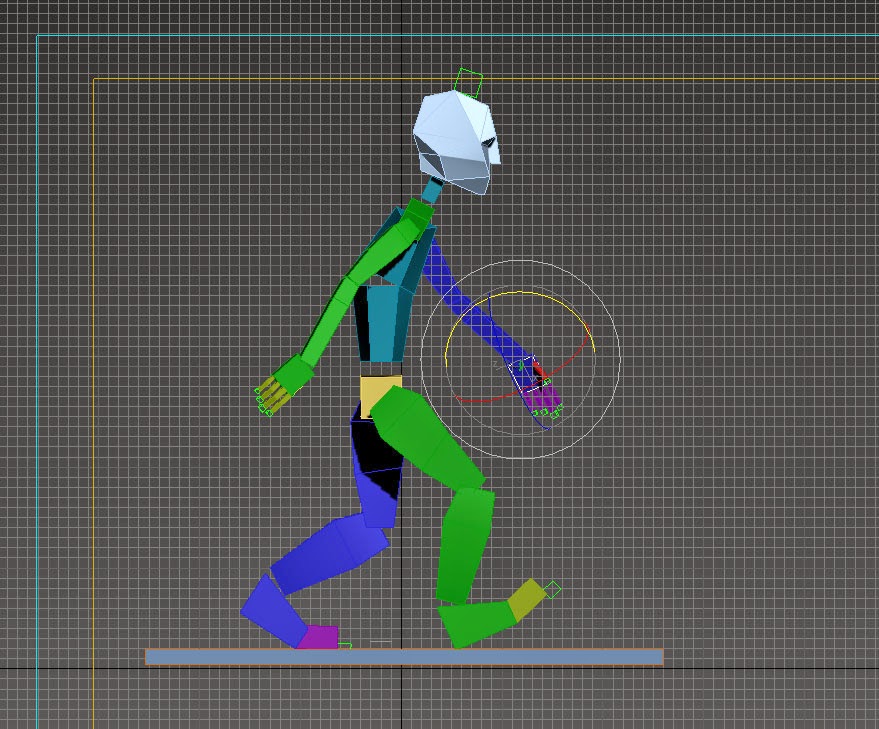History of games.
One of the first platforming games was Donkey Kong which was released in 1981/80 and it was on the arcade machine. Shigeru Miyamoto was asked to come up with a game idea for the arcade machine and his idea was Donkey Kong and from there it was a hit as it had a introduced a unique character known as carpenter. Donkey Kong was created buy Nintendo and originally they were a card game company before going into the electronic games business. Miyamoto was a strange Japanese bloke as most Japanese people didn't really like the idea of western products like clothes or music etc. This is why Miyamoto was different as he liked western products like the beetles.
This was the first part of the game you would see on the screen. The image on the right was the game play shot of the game.
They introduced a new character which was a carpenter character, but strangely enough the character design was originally a plumber.
The game has a simple goal, get to the end of the level and beat the enemies along the way. Donkey Kong shows you the item, or women that you need to rescue or collect. This is shown on the same screen as there is only one screen per level as it was a arcade game.
But finding the end of levels can be difficult to find but with the help of a big castle or area where you need to find is usually shown in some games like Zelda, as you can look in the distance you travel the path and it takes you there. Games with bigger open worlds use signs to show you which direction to go in. A funny thing about Donkey Kong is that the title was actually going to be called "Stubborn Gorilla" but none the less the game did very well selling up to 67 thousand units. With Donkey Kong, the multi-levels gave games a new look especially as it continued to be a success in other games, in Mario there are a few different multi-level game play levels as well as a lot of platformer games.
 Another iconic platformer was Super Mario Bros(Nintendo). which was out on the NES and it was released in 1985, Super Mario Bros. was a game which had a lot of hidden gems hidden within the game. As you continue down levels the levels normally have secret hidden items that you can look for, this gives a sense of exploration. Super Mario Bros. was on the NES and with the NES if you was to make a game for this console you would need to get in touch with Nintendo before being able to start developing one and this means that Nintendo had license protection, and then Nintendo would test the games before releasing them. The strange thing is, that you was only able to make 5 games for the NES. When the NES was released it came with a gun and then ROB which was a small robot, it was also marketed as an entertainment system. With Mario it gives you a high score going through each level but Golden Axe never did even though similar style, especially as they are both platformer games, but with Super Mario Bros. The character changes size when find mushroom. The visuals of most early platform games are similar as they are bright and colourful. Even though the very early games were actually black and white with a gel screen in front of them which made them appear to be colour. The music can vary from the different styles of games. This link is to Super Mario Bros.
Another iconic platformer was Super Mario Bros(Nintendo). which was out on the NES and it was released in 1985, Super Mario Bros. was a game which had a lot of hidden gems hidden within the game. As you continue down levels the levels normally have secret hidden items that you can look for, this gives a sense of exploration. Super Mario Bros. was on the NES and with the NES if you was to make a game for this console you would need to get in touch with Nintendo before being able to start developing one and this means that Nintendo had license protection, and then Nintendo would test the games before releasing them. The strange thing is, that you was only able to make 5 games for the NES. When the NES was released it came with a gun and then ROB which was a small robot, it was also marketed as an entertainment system. With Mario it gives you a high score going through each level but Golden Axe never did even though similar style, especially as they are both platformer games, but with Super Mario Bros. The character changes size when find mushroom. The visuals of most early platform games are similar as they are bright and colourful. Even though the very early games were actually black and white with a gel screen in front of them which made them appear to be colour. The music can vary from the different styles of games. This link is to Super Mario Bros.In 1989 Golden Axe was released on the Sega Genesis. This game was a platformer fighting game. A thing with this game is that it you can ride beasts while fighting and commencing through the different levels, it is very similar to Super Mario in a sense as you explore the level and the level HUD shows you which way to go with arrows (the arrow is a golden sword with go above it). This gives you the direction you need to go in. The music of Golden Axe is dark as the theme of the game is dark, so with that they need to be similar. Other game points is that you have a choice to kill a enemy and then take his pet (or the beast he is riding)

 Jurassic Park : Rampage edition was released on the Sega Mega Drive in 1994 and it was an action based platformer, the whole level design was tropical and had a distinct vibrant colour theme, It has bright blues and greens which have been related to the film which was based on a tropical island. The HUD design can relate to Prince of Persia in a sense as it only has a health and power bar at the top left hand corner which powers up when you kill enemies. This can be related to all games as most games incorporate this special power idea when you do certain stuff on a level. Other visual content was character and enemies which had a darker look to them, in the game there was only a few different enemies, weather it be a dinosaurs or a soldier. When you fight it only gives you a couple of options as the Sega Mega Drive only had a few buttons to push as shown in this image.
Jurassic Park : Rampage edition was released on the Sega Mega Drive in 1994 and it was an action based platformer, the whole level design was tropical and had a distinct vibrant colour theme, It has bright blues and greens which have been related to the film which was based on a tropical island. The HUD design can relate to Prince of Persia in a sense as it only has a health and power bar at the top left hand corner which powers up when you kill enemies. This can be related to all games as most games incorporate this special power idea when you do certain stuff on a level. Other visual content was character and enemies which had a darker look to them, in the game there was only a few different enemies, weather it be a dinosaurs or a soldier. When you fight it only gives you a couple of options as the Sega Mega Drive only had a few buttons to push as shown in this image.
The link below shows the player as the Raptor, and with this you start at the bottom of the level. The platformer shows how the multi-level gameplay has come forward since Donkey Kong, There is multi-platforms rising up and down in the levels and it gives you the option to choose how to get up the level.
In 1997 Oddworld : Abe's Oddyee was released on the PlayStation 1 and this game was a platformer. It had cinematic shots in the game.
Abe's Oddysee was a game released in the late 90's and the game was based on Abe rescuing his native friends and kin, along the way, you see many different enemies. You are a slave and aim to get away from the bosses and the main boss was Molluck the Glukkon.
Oddworld : Abe's Oddysee was a very basic game especially when it came to the HUD side of it, as the HUD wasn't really there. It had no heads up display, the screen on the game was what you saw. The attack system was different especially when you are Abe as you hold two of the trigger buttons to take control of enemies, but when you are in control of other species they have different attacks.
The visual feel of this game was dark, it had a slight humour to it in cinematic, but the overall look and feel to it was dark, one species slaved one in charge.
there are so many different levels with different environment designs and they go from dark buildings to bright orange levels like in the image.
The game I have chosen from the past few years is Prince of Persia: Forgotten Sands. This game is a platformer hack and slash adventure game and it has features which you can see that have come from older platform games. Prince of Persia is a game which has monsters from the dead and huge creatures from the past. The enemies you encounter can be seen in games like Golden Axe which was released in 1989, enemies like skeleton soldiers with ranged attacks like swords and ones with bow and arrows.
As in both images you can see similarities to the enemy design, the classic sword and shield and the sword has a slight curved tip with the sense of a Arabian sword style.

To the gameplay of the game. The platformer genre has been around for years, it has been seen in a simple arcade machine game known as Donkey Kong which had you following a path up a series of levels to rescue the women or item and even though you don't rescue anyone like you would in Donkey Kong it has been used slightly as you progress through the levels you find secret doors and boxes with items in like health, Health in games has been used massively through out the history of games. In 1984 health bars where used, and the two games that used it was Dragon Buster (1985 Namco) and Gemstone Warrior(1984 SSI), and these two games where the first to represent the health bar in a game.
Other game play features that are used in Prince of Persia are the ability to jump up walls and climb onto different levels.The link shows what I mean, at 1:04 it shows the character climbing a wall and jumping across different surfaces. The use of multi-levels in games has been around for years, it has been around since Donkey Kong the multi-player levels which allow you to progress up different levels, it has been used in that and has been used through out different games, not just platformers. A game called Super Mario Bros. and Abe's Oddysee These two games were made years a part. These two games allow the character in the game to jump on to different levels by pressing one button. This has been used in Prince of Persia as it allows you to do the same thing by running and jumping. The HUD (heads up display) is very very basic as it just displays the health bar on the top left hand corner. Most platformer games don't have a huge complicated HUD. Some have a target count like Super Mario Bros. which shows you how well you are doing, they may have a special skill, time limit or what stage you're on.
The Prince of Persia character design has a standard look and feel about it. The fighting system is complex in a way that you can get perfect combo's when fighting several enemies, this wasn't done in early games from the 70's or 80's or some games even in the 90's. This was because of maybe the game engines or consoles, but games these days all have combo's.
The character concept has a prince feeling to it, the character looks like a Persian/Arab prince, the dark hair and complex, the weapon and armour you wear is dark filled with white highlights. The characters from other platformers that I am comparing to has a different style approach. Mario is a small Italian guy wearing overalls, Abe is an alien, Golden Axe characters are quite different as they are basically naked. Then Dr. Grant is a palaeontologist, so you can see that there is a huge difference in the character designs even though they have a lot of similarities in other areas such as game play features like the multi-levels or game visual styles.
One feature that was in Prince of Persia was that you had been given the option to solidify water, you also had wind dash and earth memory recall. Each power gave you a different option you can freeze water, to get to places, like if you needed to climb up, wind dash was to jump across long distances and earth recall gave you the power to see the environment what it was like before. This is how it relates to older games because most games give you powers. For example in Oddworld : Abe's Oddysee as you chant and have a magical force when then lets you control the enemy,
 |
| Prince of Persia design |
 |
| Golden Axe Character design. |
 |
| Dr. Alan Grant. |
 |
| Abe. |
 |
| Mario |
Conclusion.
To conclude this essay platformers have been a success will be around for a lot longer. The early ones that i have wrote about have built small foundations on this genre, Donkey Kong and its mulit-level design has changed the way levels are designed now as the play doesn't just have to go forward on one level, he can jump on to a few more levels and finish the level on a hgher ledge. Games which have included slash and dash fighting in them like Golden Axe has been put into so many other games like Devil May Cry (2001 Capcom) even though this isn't a platform game it still uses similar features, like progressing down a path or fighting enemies. Super Mario Bros. has created a huge open succession in platformers, since the 80's they have only got bigger with littlebig planet (2008 Sony). The killing the enemy way by jumping on them has been used in sonic and rayman for example.
So I think that they willl only go forward and they are still being developed and released today with a recent one called Rayman Origins (2011 Ubisoft). It was given a 9.5 my IGN, So maybe platform games won't ever stop, they may just keep getting better and more realistic with re-makes of old games like Rayman Origins which was out in 1995 and was just called Rayman and it was out on PS1, Atari Jaguar and the Sega Saturn.
References websites
http://en.wikipedia.org/wiki/Jurassic_Park:_Rampage_Edition
http://en.wikipedia.org/wiki/Oddworld:_Abe's_Oddysee
http://en.wikipedia.org/wiki/Super_Mario_Bros.
http://en.wikipedia.org/wiki/Golden_Axe
http://uk.ign.com/games/rayman-origins/xbox-360-77706






